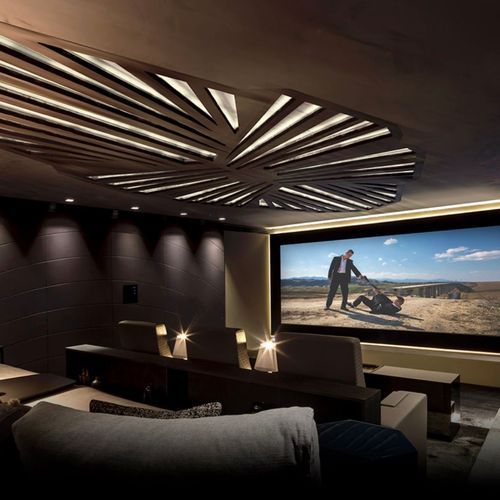4K UHD TVs
- 4K UHD TVs are gradually becoming a golden standard. Besides the greatly improved resolution, they offer a range of convenient features. A 4K UHD Smart TV with HDR can transform any room and make it a mini home cinema theatre. At ArchiPro, we offer a variety of 4K TVs to convert a movie into an experience.Why ArchiPro?
No more endless searching -
Everything you need, all in one place.Real projects, real experts -
Work with vetted architects, designers, and suppliers.Designed for New Zealand -
Projects, products, and professionals that meet local standards.From inspiration to reality -
Find your style and connect with the experts behind it.Start your Project
Start you project with a free account to unlock features designed to help you simplify your building project.
Learn MoreBecome a Pro
Showcase your business on ArchiPro and join industry leading brands showcasing their products and expertise.
Learn More